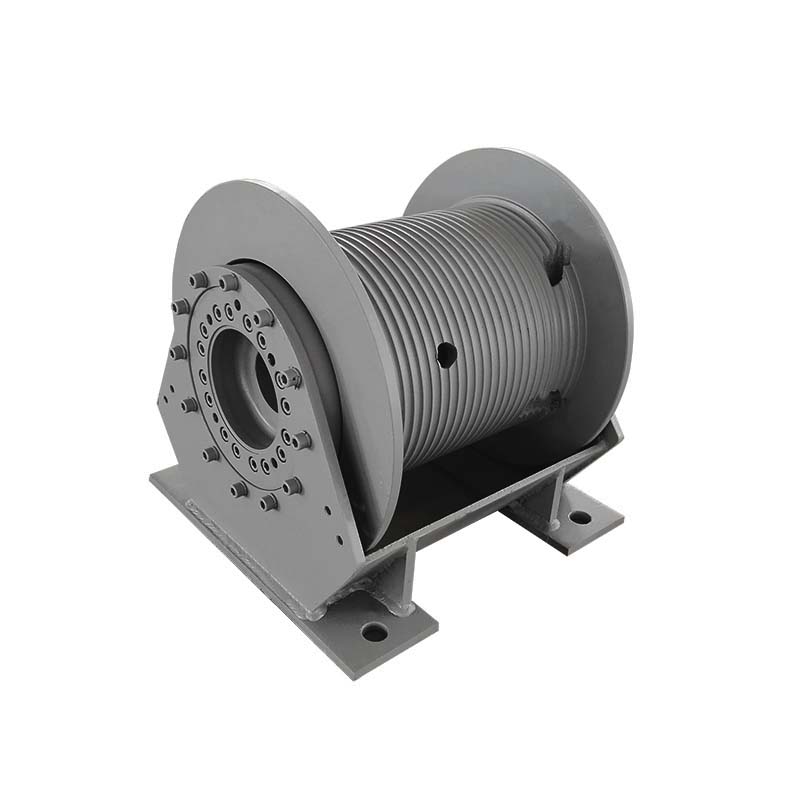The working principle and advantages of hydraulic winch
A hydraulic winch is a mechanical device that utilizes a hydraulic system to facilitate the lifting and lowering of loads.
Its operational principle can be described as follows:
The hydraulic winch comprises key components such as hydraulic pumps,
hydraulic motors, reducers, winches, and other supporting elements.
When the hydraulic pump is activated, hydraulic pressure is transmitted through a pipeline to the hydraulic motor,
inducing the motor to rotate.
As the motor rotates, the winch is driven by a reducer, enabling it to perform lifting and lowering operations,
thereby raising or lowering items or equipment to the desired height.
In comparison to electric and manual winches, Hydraulic Winches offer several advantages:
1.Enhanced load-bearing capacity: Hydraulic winches possess a higher load-bearing capacity,
allowing them to handle heavier items or equipment.
2.Increased lifting speed: Hydraulic winches exhibit faster lifting speeds compared to manual and electric winches,
thereby improving work efficiency.
3.Precise control: Hydraulic winches enable precise control over the lifting height through the hydraulic system,
facilitating accurate positioning of items or equipment at the desired height.
4.Versatile adaptability: Hydraulic winches are highly versatile and can be employed in various working environments and scenarios.
5.Simplified maintenance: Maintenance requirements for hydraulic winches are relatively straightforward,
typically involving regular replacement of hydraulic oil and filter elements. Consequently, maintenance costs are lower.
Overall, hydraulic winches offer advantages such as robust load-bearing capacity and swift lifting speeds,
making them extensively utilized in lifting and handling operations across diverse industries.
Saivs brand
- T6ED high pressure T6 Denison double oil hydraulic pump
- Off-shore Jacking cylinder
- Rexroth Hydraulic pump A2FO 16 23 32 45 56 107 160 200 250
- AZPU series Rexroth Gear Pumps
- SD4/SD5/SD11/SD14/SD18 Hydraulic Directional Control Valves
- VQ Series vane pumps with high performance
- Gm7 series low speed rpm high torque hydraulic radial piston motor
- Sanitation Truck Covering
- Parker Axial Piston Fixed Motors F11
- A10VSF28 Rexroth Hydraulic Pump Parts
